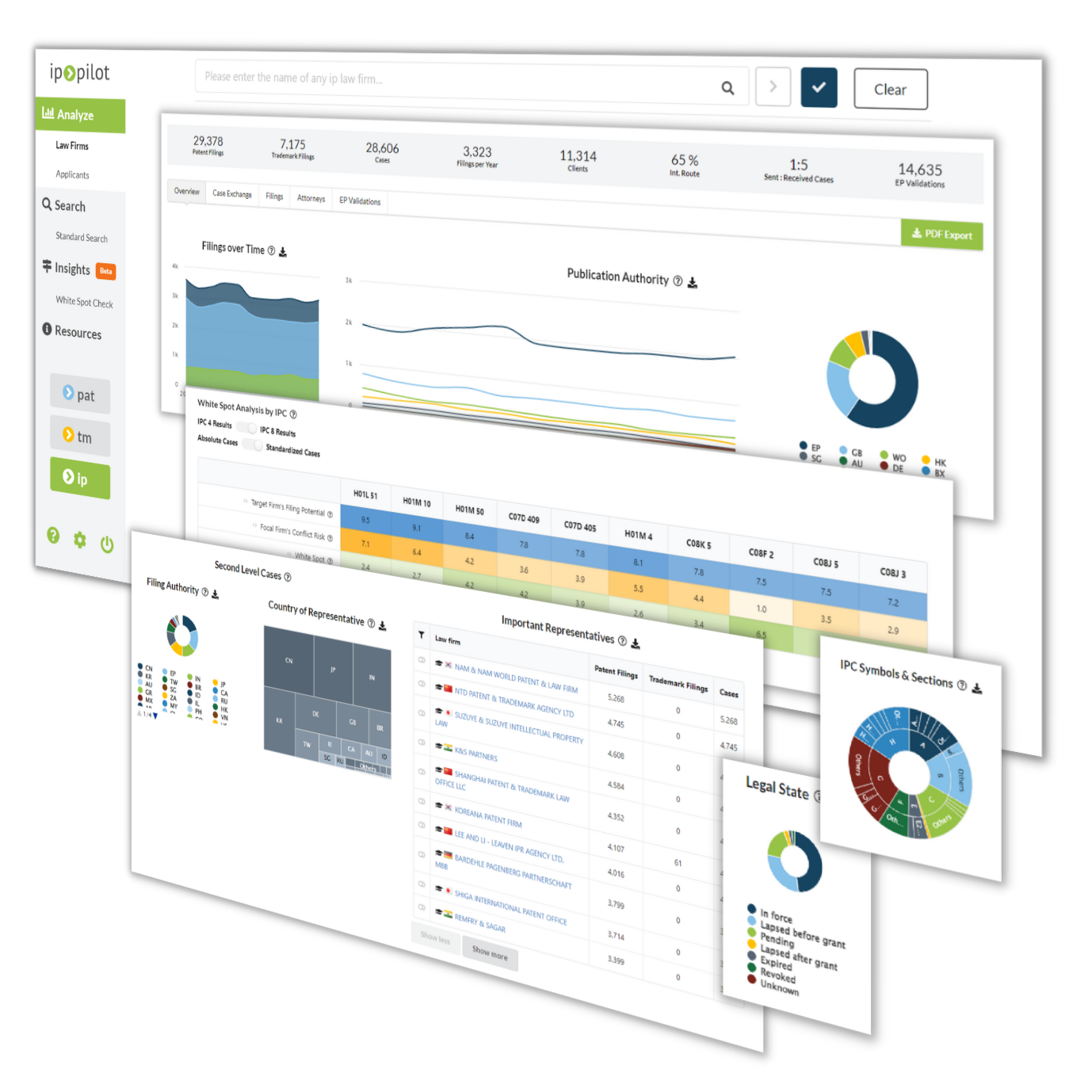You have clinched a meeting with your identified prospects, what next? It is time to maximize this (first) opportunity. Preparation for meetings using IP big data is key to get your desired outcome(s). It provides extensive quantitative information, irrespective of an existing history with the meeting counterpart or not.
While the earlier targeting process was approached based on you and your firm’s expectations and/or goals, preparing for a meeting with your prospects requires a change in perspective. It is about knowing the business and situation your partner is in, and putting yourself in their shoes to find ways to win them over.
Digital activity reveals only general interests and opinions
The online presence of your meeting prospect and organization, including company websites and their social media pages, are good secondary sources to give an initial understanding of their interests, expertise and affiliations. There is no harm connecting with your counterpart on professional social media platforms such as LinkedIn too. Her/his recent activity can tell you what she/he is preoccupied with. The groups and companies followed may signal the causes she/he cares about. Find common interests and alignment, and keep them in mind in case a piece of information comes in handy during the conversation.
IP big data can better prepare you for meetings
While social media platforms are a good start, they are not likely to empirically tell you about your prospect’s filing strategies or existing relationships. And you will certainly not be able to decipher how these relationships are progressing. With the help of IP big data analytics tool such as IP Pilot, however, there is a way to know this. Below are some types of information that are telling of behaviours and pre-existing relationships. Trend lines can give intel to the changes in priorities or state of relationships over time.
Jurisdictions & Publication Authorities
Volume of Pending PCTs
Case Exchange Balance
Tells if a law firm inbound or outbound focused
Client and Partner Portfolio
Degree of freedom in decision making

Knowing who (the client or the law firm) calls the shot in appointing a receiving firm is integral in positioning yourself appropriately. You will want to speak to the main decision maker, if you haven’t already done so, and know the information of filings that actually matters, aka the ones for which they have decision over.
Bear in mind if you already have a previous interaction with your meeting counterpart, the objectives of knowing these information are to verify your assumptions of your counterpart and the business. On the other hand, when meeting new potential clients or law firm partners, these information are supposed to paint a data-driven picture of what he/she may be looking for.
Create strong value propositions from your findings
Gathering background information about your meeting counterpart and his/her organization is only useful if you know how to leverage them to come up with arguments that speak in your favor.
To create strong value propositions, you need to decipher from the data what their current issues or bottlenecks may be. Come up with viable solutions to offer at the meeting. It may help to also look at your competitors which are now involved in your prospect’s business. Come up with proposals how you can be a more valued partner whilst making sure you’re not badmouthing other market players. This can be because you share similar filing strategies or focus, have similarities in technical expertise, or freedom from conflicts of interest, etc.
Measure your meeting performance
For the final preparatory step, define what constitutes a successful meeting for you. Recall you had set your strategic goals for IP business development? Consider how this, and every other, meeting is meant to contribute to the goal(s).
To do so, break down your strategic goals into goals for the meeting and define options that will be deemed as a concrete next step. Perhaps it is the counterpart agreeing to a follow-up visit or an introduction to other partners of the firm. Maybe it is something more tangible such as an outlined deal to take over the first tranche of cases. Regardless, be sure that you have these desired outcomes set beforehand.
Now that you have prepared extensively for the meeting with IP big data, you are ready to deliver.









